WASHINGTON FOREST PROTECTION ASSOCIATION
Climate Change Solutions
WASHINGTON'S FORESTS & WOOD PRODUCTS: NATURAL CLIMATE CHANGE SOLUTIONS
Managed forests and wood products play a crucial role in addressing climate change by sequestering carbon in both the forest and wood products.
SUSTAINABLE FORESTRY FOR CARBON REDUCTION IN WASHINGTON STATE
- Sustainable forestry involves growing and harvesting trees, with growing trees absorbing carbon and harvested wood storing carbon, thus reducing Washington’s carbon footprint.
- Using natural wood building products as substitutes for more carbon-intensive materials is an effective way to reduce carbon emissions.
- Working forests not only support carbon-friendly wood products but also create family-wage jobs.
- These forests also provide environmental benefits, including protecting clean water sources for salmon.
- The carbon benefits derived from working forestry contribute to cost-effective carbon reduction.
Washington’s forest products industry operates below net-zero emissions. While various activities in the industry emit greenhouse gases, the growth and use of trees in wood products result in a net carbon reduction of 12%. (Source: University of Washington Forest Carbon Study, 2020). Scientific evidence supports sustainable wood harvesting as a natural method for significant carbon reduction and mitigating the risk of carbon-emitting events like wildfires.
Unmanaged Forests Release Carbon
Unmanaged forests release carbon, and addressing this issue involves restoring forest ecosystems to enhance their resilience to climate-induced stressors. Unhealthy forests are more prone to wildfires due to overcrowding, dryness, and pest infestations. Unhealthy forests are more susceptible to wildfire because the trees are crowded, dry and often have insects and disease.
Unhealthy forests are more susceptible to wildfire because the trees are crowded, dry and often have insects and disease.
“A legacy of fire suppression has resulted in our forests that are over-stocked and much more susceptible to catastrophic fire and disease. Restoring forest ecosystems, particularly in fire-adapted forests, will make our forests more resilient to climate-induced stresses and will ensure that our forests will continue to provide ample, abundant, clean water.” United States Secretary of Agriculture Tom Vilsack.
Working forests and wood products contribute to carbon reduction by:
- Increasing sustainable forest management, which includes harvesting timber, transferring carbon to wood products, and reforestation.
- Lowering the carbon footprint of buildings by substituting wood for fossil fuel-intensive materials.
- Using wood in construction, preventing the emission of 1.1 tons of carbon per square meter when replacing other materials.
- Reducing emissions from deforestation or land conversion.
- Expanding forested areas through afforestation on non-forested lands.
Wood products are energy-efficient and environmentally friendly. They produce less air and water pollution, require less energy, and emit fewer CO2 emissions compared to common building materials like concrete and steel.
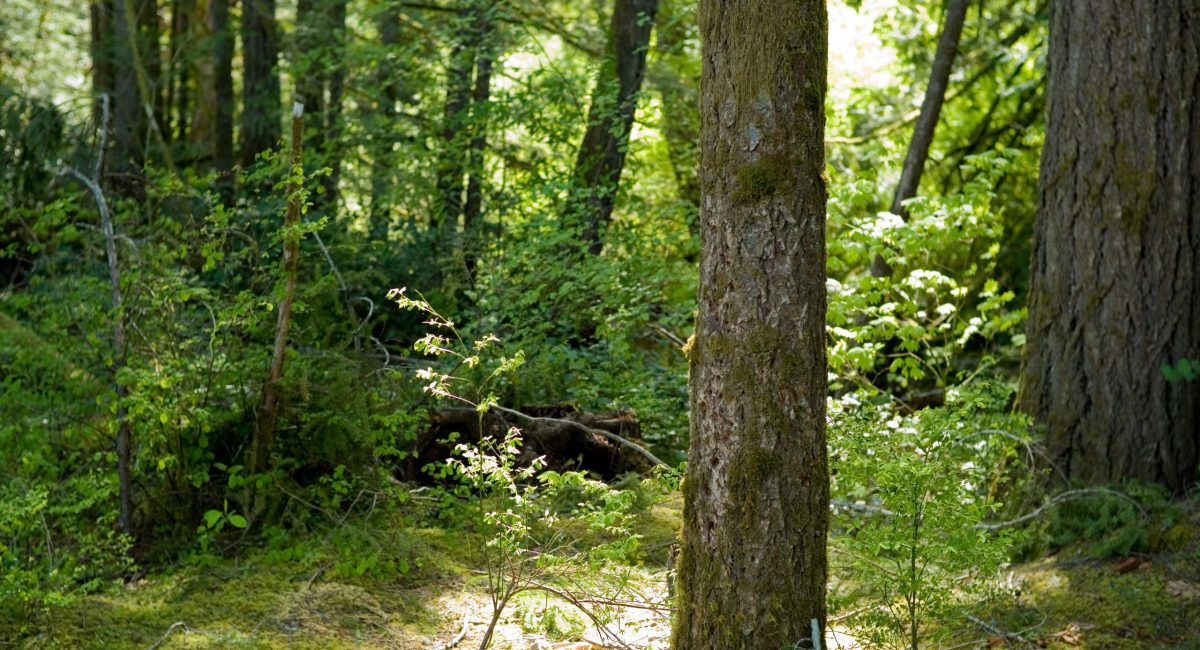
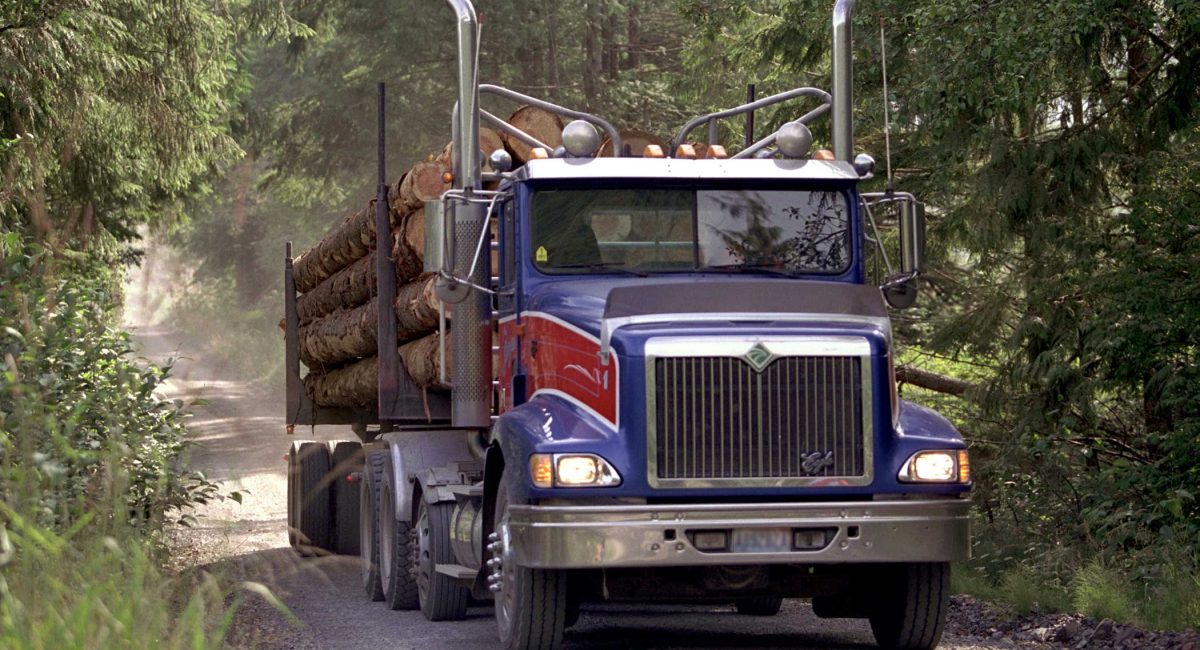
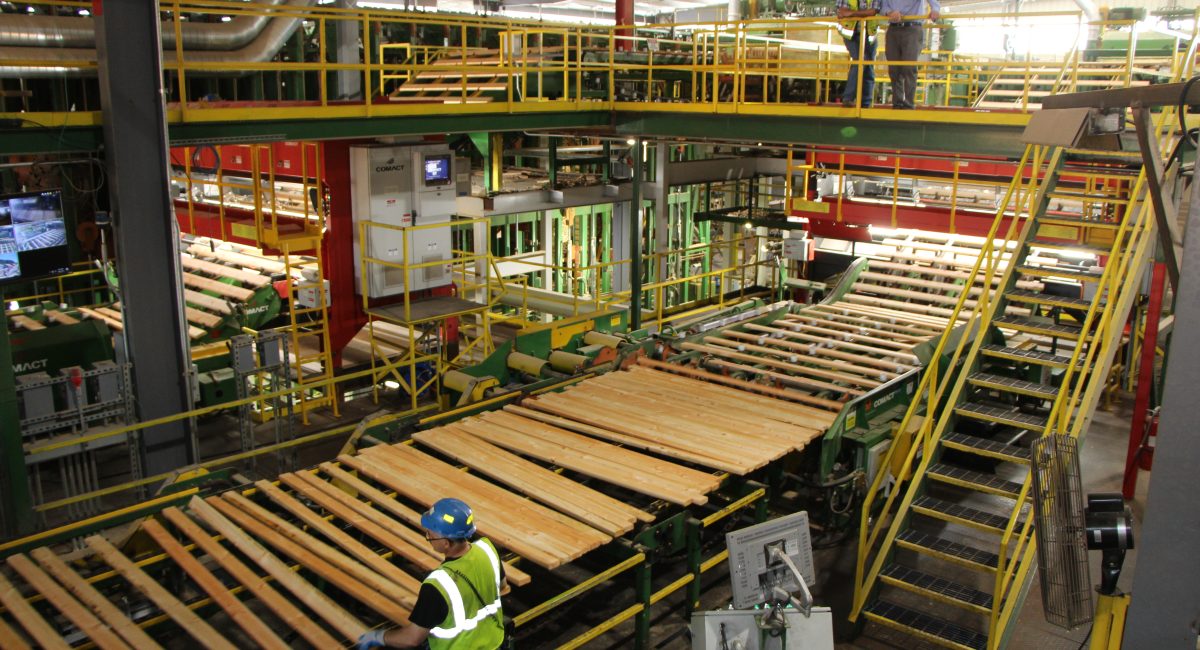
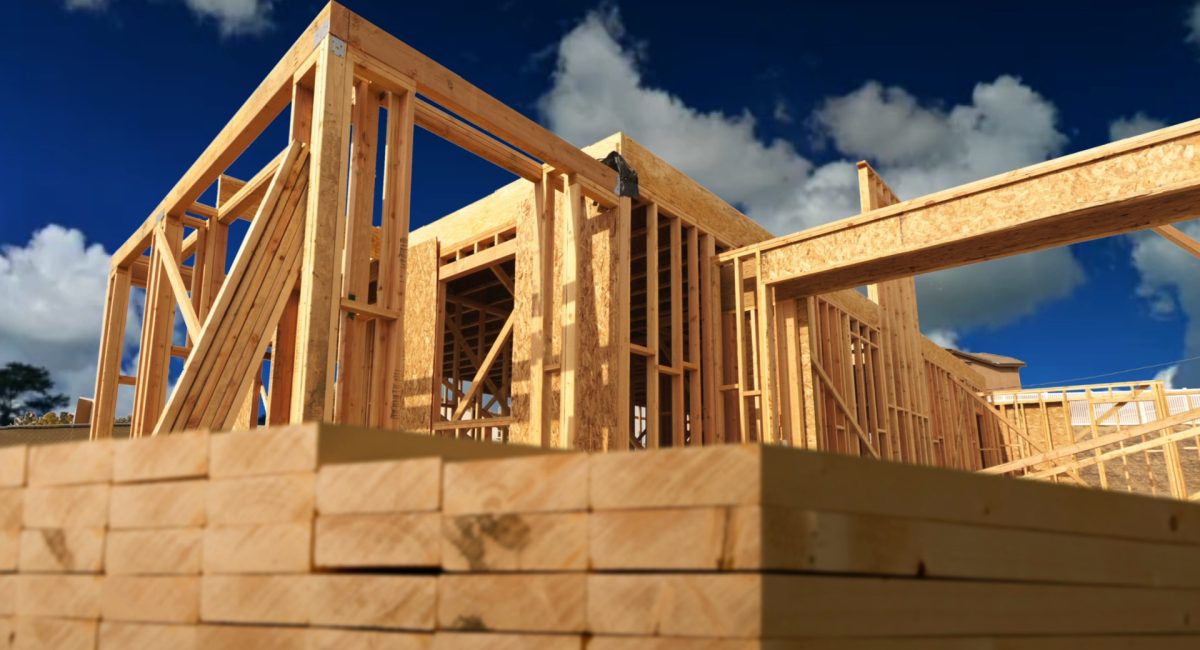
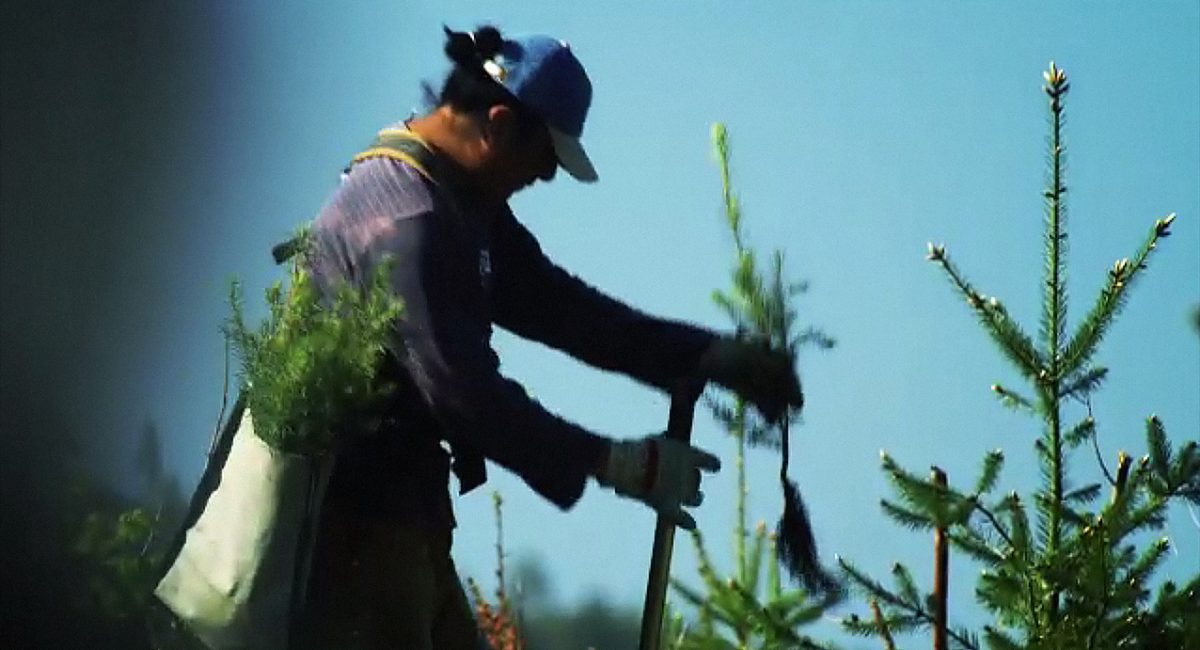
Frequently Asked Questions About Forest Products and Carbon
Healthy, growing trees remove carbon dioxide from the atmosphere, then store that carbon as tree biomass, or wood. When timber is harvested, the carbon stays in the wood, lumber and other timber products for their useful life.
Science now confirms that growing and harvesting wood under sustainable practices, and preferencing the use of wood products that we know store carbon indefinitely, is a natural way to create and accelerate substantial net carbon reductions.
Large, unmanaged, and unhealthy forestlands pose a greater risk of mass carbon emission events such as catastrophic wildfires and large-scale treefall in windstorms resulting in excessive, carbon-emitting decay and rot.
To reduce your carbon footprint, consider making sustainable choices, such as supporting local produce, shopping for resale items, using public transportation or alternative modes of transportation, reducing “vampire power” by unplugging devices, planting trees, and lowering your water heater temperature. Additionally, building with wood helps sequester carbon and reduce emissions from the construction industry.
Healthy, growing trees act as carbon sinks, removing and storing carbon dioxide from the atmosphere. Timber harvested from responsibly managed forests retains carbon throughout its useful life. Sustainable practices in wood harvesting and the preference for wood products with long-lasting carbon storage capabilities accelerate substantial net carbon reductions. Unmanaged and unhealthy forests pose higher risks of emitting carbon during catastrophic events like wildfires and treefall in windstorms.
- Net Zero carbon emissions are also referred to as Carbon Neutral.
- Net Zero Plus – means or removing more carbon dioxide and greenhouse gasses from the atmosphere than they produce. This is also referred to as Carbon Capture or Negative Emissions.
- Embodied carbon emissions in building materials refers to the carbon dioxide emitted during the manufacture, transport and construction of building materials, and their end-of-life emissions, often referred to as Life Cycle Impact.
- Embodied carbon is responsible for 11% of global GHG emissions and is 28% of the global building sector. Using naturally storing wood products reduces the embodied carbon in buildings.
- Buildings, construction and operation comprise one of the largest consumers of energy and sources of greenhouse gas (GHG) emissions. GHG emissions from buildings consist of the embodied carbon of materials and emissions from operations (NZ18).
- Buildings generate 40% of the world’s carbon emissions. With an average global population increase of 82 million per year, by 2050 nearly 70% of the population will live in urban environments, doubling the building floor area. Substituting wood for more energy intensive materials lowers embodied carbon emissions.
- On average, the private forest industry, including growing, harvesting, transportation and milling wood is Below Net Zero as it sequesters 12% of WA state’s carbon emissions (Source: University of Washington Forest Carbon Study, 2020).
- Building with natural, sustainable and renewable resources is the best way to move to a lower carbon economy. With Washington’s 22 million acres of forests, wood products are the most natural resource, and the forest industry supports more than 101,000 family-wage jobs and rural economies across the state.
- Working forests comprise 47% of all forests in Washington State, the rest are conservation areas on private, state and local forests, and federal parks and wilderness areas.
- Wood used in long-lived products provides the greatest reduction in fossil fuel use and emissions. On average, when we substitute wood for energy-intensive building products, we offset two tons of carbon emissions for every dry metric ton of wood used. This occurs because we are eliminating fossil fuel emissions that would have been released into the air had we used more energy-intensive materials, thus adding to the net benefit of wood.
- Wood building materials produce less air and water pollution, require less energy and generate less CO2 emissions than other common building materials.
- Concrete creates 51% more solid waste than using wood to build a typical house.
- Steel requires 400% more water than using wood to build the same structure.
- Two tons of carbon emissions are offset for every dry metric ton of wood used.
Buy local produce in season.
You’ll help reduce the use of fossil fuels in transport costs, as well as fuel to refrigerate food in transit when you buy local. Check your neighborhood farmer’s market to taste what’s in season this week. Mmmm, fresh-picked goodness.
Shop resale instead of buying trendy.
According to multiple sources, the average American discards around 81 pounds of clothing a year. That’s a lot of sweatpants. This year, shop smart and you’ll have pieces to wear for years to come. And we’ll all have a lot less waste in our landfills.
Use public transportation.
Or walk, bike, whatever keeps your car off the road (and emissions out of the atmosphere). Even a day a week can help and it’s an easy way to work towards those 10,000 steps. Bonus: no stressful parking spot scavenger hunts!
Unplug those devices.
“Vampire power,” (the sneaky power drain that occurs even when devices are powered down but plugged in) not only costs billions every year, it contributes to your carbon footprint, even if you’re not actively charging. Also, consider a laptop instead of a desktop for your next purchase and save even more energy.
Green your thumb.
Plant a tree! (We did it 52 million times last year.) Of course, you don’t need a lot of space to grow some green stuff. Even a pot on the back porch or balcony will do. Then, take a deep breath as you take in the oxygen your growing plants release, as they do their part to absorb carbon dioxide.
Turn your water heater down to 120 degrees.
Simply turning that water heater down can save 500 pounds of CO2 a year. If you’ve never adjusted yours, it’s most likely set at 140 degrees. Which means, lowering the temp can not only reduce your carbon footprint, but also your cost and most important, your risk of being scalded.
Build with wood.
The trees that grow on the millions of acres of Washington’s working forests absorb carbon from the atmosphere. Then, when those trees become wood for a house or building, it takes the carbon with it—and keeps it out of our air—for the life of the wood products. Plus, wood products typically require less energy to manufacture than other building materials.
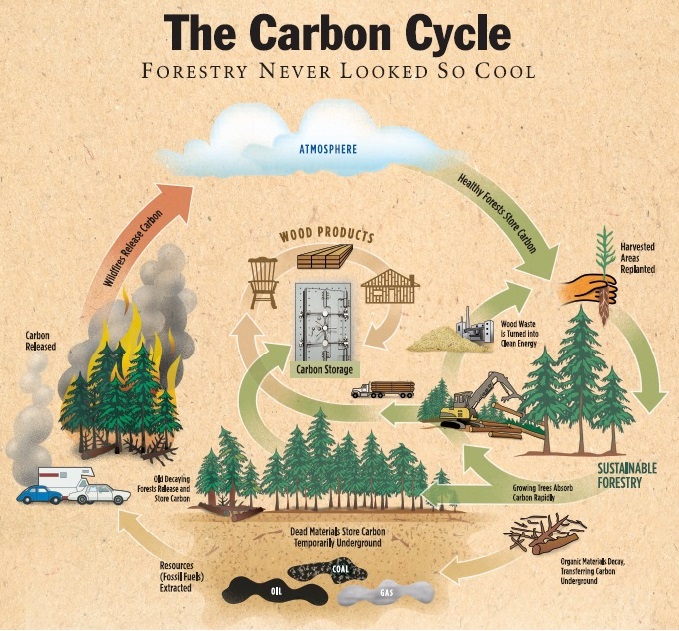
RESPONSIBLY MANAGED FORESTS: CARBON ABSORPTION
Sustainable forestry enhances CO2 absorption by young trees, acting as carbon sinks and providing multiple environmental benefits, including clean water, a stable climate, wildlife habitat, and employment opportunities in rural areas. Managed forests contribute to CO2 absorption and mitigate the risk of catastrophic fires, disease, and pest infestations.
FORESTS REMOVE GREENHOUSE GASES
Scientific research demonstrates that forests, through photosynthesis, remove carbon dioxide from the atmosphere and store it. The use of wood products in buildings instead of carbon-intensive materials like concrete and steel further reduces carbon emissions. Washington’s diverse forests play a significant role in carbon sequestration and storage.
For more information on Washington’s forests and their contribution to carbon reduction, watch this video.
Learn more about the diversity of Washington’s forests.


